Next-generation Hyundai Veloster Coming to Detroit, and Not a Moment Too Soon

If the multitude of spy shots circulating around the internet wasn’t enough of a clue, Hyundai’s making it clear. There will be another Veloster, but you’ll have to wait about six weeks to see it.
The Veloster, an oddball take on the traditional hatchback, debuted in 2011 for the 2012 model year and, despite the declining popularity of traditional passenger cars (and especially coupes), managed to rack up pretty consistent sales since its unveiling. Sporting three side doors of uneven length and two-piece rear glass, the Veloster only really ran into sales trouble this year.
The next Veloster looks to keep the original’s unique profile, but Hyundai’s flagging fortunes requires a hatch hot enough to buoy the brand.
North and south of the 49th parallel, the Veloster’s headiest sales year was its first. 2012 saw 34,862 Velosters roll of Hyundai lots in the Unites States. Last year, the aging model still managed to find 30,053 takers.
In 2017, however, Veloster sales nosedived. In gearing up for the second-gen model, Hyundai took a pass on the 2018 model year, with early reports claiming the company would continue producing the 2017 model through the end of the calendar year. In the U.S., October saw an 83-percent year-over-year sales decline, with volume over the first 10 months of 2017 falling 53 percent compared to 2016.
Unfortunately for Hyundai, overall brand volume has also taken a serious hit this year. Blame the usual suspect: not enough crossovers.
Still, in a world awash with high-riding utility vehicles, it’s nice that a non-SUV, non-sedan persists in the low-priced field. In our most recent review of the Veloster, the model lost marks for its harsh ride quality and balky dual-clutch automatic; however, it won kudos merely for existing. It’s hard finding something “different” at the bottom end of the market these days.
According to Korea’s Yonhap News Agency, the new Veloster will bow in January at the North American International Auto Show in Detroit. The report didn’t mention when U.S. customers can expect the new model, but Korean buyers should see it appear in the first quarter of 2018. In that market, there’s two engines on offer — a 1.4 and 1.6-liter turbocharged four-cylinder.
In the interests of adding a little excitement to a traditionally sensible and value-obsessed brand, American buyers can expect a hot “N” model powered by the turbocharged 2.0-liter found in the Euro-market i30 N. That mill pumps out 271 horsepower and 260 lb-ft of torque. It’s likely the base Veloster and midlevel Veloster Turbo models will keep their existing 1.6-liter powerplants.
Transmission choices should include a six-speed manual and seven-speed DCT. Hopefully, the latter unit receives new shift programming.
Fielding a challenger to the Honda Civic Type R, Volkswagen Golf R, and Ford Focus RS should give Hyundai at least some of the attention it’s looking for, though how a hot Hyundai hatch will play with buyers is anyone’s guess. After turning up the thermostat on its Elantra and Elantra GT (via the Veloster Turbo’s 1.6-liter), Hyundai has watched year-over-year sales of the Elantra nameplate fall for the past six months.
At this point, it’s more an issue of slowing the decline.
[Image: Hyundai]

More by Steph Willems
Latest Car Reviews
Read moreLatest Product Reviews
Read moreRecent Comments
- Bd2 Would be sweet on a Telluride.
- Luke42 When will they release a Gladiator 4xe?I don’t care what color it is, but I do care about being able to plug it in.
- Bd2 As I have posited here numerous times; the Hyundai Pony Coupe of 1974 was the most influential sports and, later on, supercar template. This Toyota is a prime example of Hyundai's primal influence upon the design industry. Just look at the years, 1976 > 1974, so the numbers bear Hyundai out and this Toyota is the copy.
- MaintenanceCosts Two of my four cars currently have tires that have remaining tread life but 2017 date codes. Time for a tire-stravaganza pretty soon.
- Lorenzo I'd actually buy another Ford, if they'd bring back the butternut-squash color. Well, they actually called it sea foam green, but some cars had more green than others, and my 1968 Mercury Montego MX was one of the more-yellow, less-green models. The police always wrote 'yellow' on the ticket.



















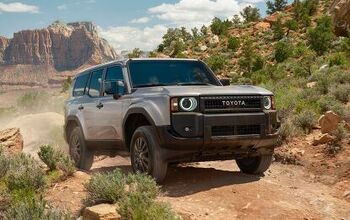
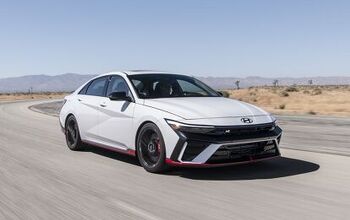

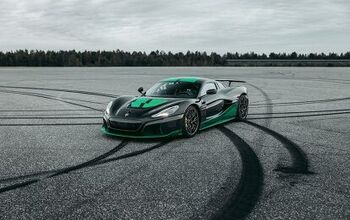
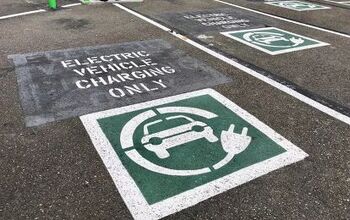
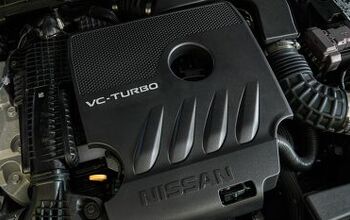

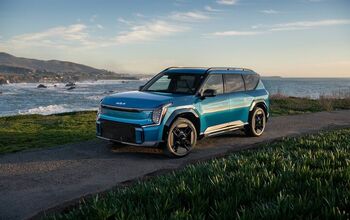


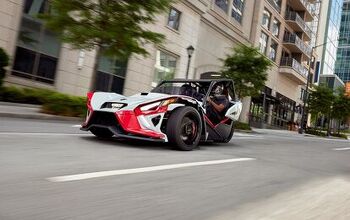
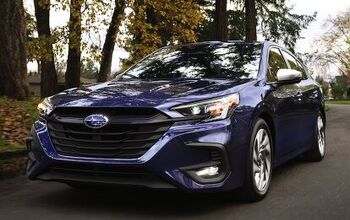
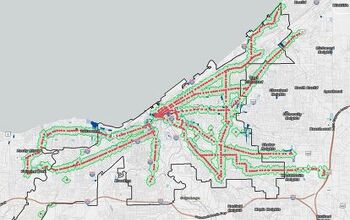


Comments
Join the conversation
Now if we could just convince Kia to make their own version, and knock off all the Ugly.
What exactly is this "N" treatment? Neutered??